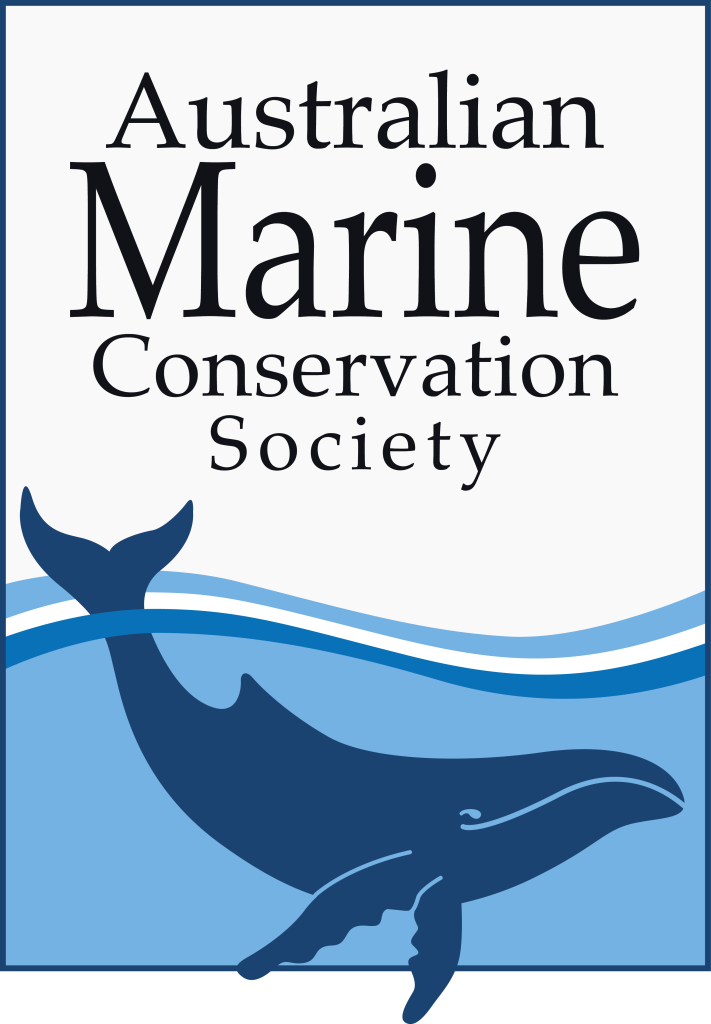-
Five net-free zones to be implemented from May 17
-
$12 million for fishers to be compensated for loss of fishing grounds
-
Topsy Creek net-free zone near Kowanyama will support First Nations business development, including eco-tourism
The Gulf of Carpentaria’s threatened sawfish, turtles and dugongs have won a much-needed reprieve with the Queensland Government’s announcement today of five new net-free zones, the Australian Marine Conservation Society (AMCS) and Humane Society International (HSI) Australia said.
The Queensland Government today announced that net-free zones will be implemented from May 17 in coastal waters from the top of Cape York down to Boyd Point; areas near Kowanyama, Pormpuraaw, and the Norman River at Karumba; and from around the Mornington and Wellesley Islands to coastal waters up to the Northern Territory border. The government has also announced $12 million in funding to ensure that fishers will be compensated via a structural adjustment package.
AMCS shark expert Dr Leonardo Guida said: “These net-free zones will provide a vital safehaven for some of the world’s last remaining viable populations of sawfish, as well as other threatened species such as hawksbill and green turtles that migrate between the Great Barrier Reef and the Gulf of Carpentaria. These animals are not just iconic, but are of high cultural significance to many traditional owners in Queensland.
“Gillnets are large fishing nets, sometimes over one kilometre long, used to catch fish such as barramundi and mackerel, but they are indiscriminate in what they catch. Threatened species such as sawfish, dugongs and turtles are easily entangled in them and can quickly drown.
“The Gulf of Carpentaria has long been neglected when it comes to protecting areas from the impacts of commercial gillnet fishing. These new protected areas are a significant step forward and we’re pleased the Queensland Government is helping to protect our endangered species and support a healthy gulf for future generations who depend on it for work, recreation and culture.
Kowanyama community leader Michael Yam said: “Including Topsy Creek in the new net-free zones is a good outcome for the Kowanyama community. These river systems are an important food source for our community and of high cultural importance. Removing commercial gillnet fishing ensures we can get a feed and protects our local wildlife.”
HSI Australia marine biologist Lawrence Chlebeck said: “Areas such as Port Musgrave are home to all four species of sawfish found in Australia and the only remaining population of speartooth sharks known in Queensland. The new net-free zones in the region provide very welcome and much needed protection from gillnet fishing in their key habitats.”
marineconservation.org.au
Plants, seeds & more delivered to your door!
www.nativeshop.com.au
Advertisement



